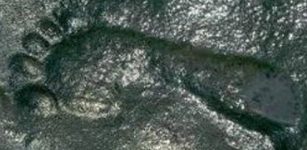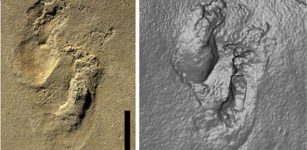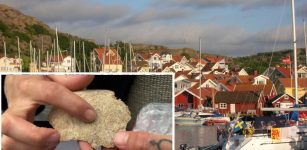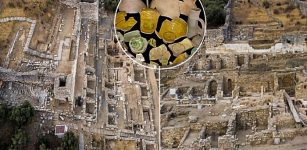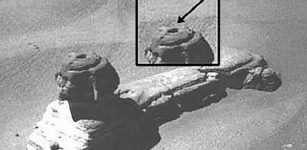Seafaring Hunter-Gatherers Reached Malta And Other Remote Islands Thousands Of Years Before The First Farmers
Conny Waters - AncientPages.com - A recent study has uncovered fascinating insights into seafaring hunter-gatherers' early exploration of remote islands. Led by Professor Eleanor Scerri from the Max Planck Institute of Geoanthropology and the University of Malta, the research reveals that these early humans reached small islands like Malta thousands of years before farmers arrived.
The team discovered evidence that hunter-gatherers were navigating at least 100 kilometers across open water to reach Malta around 8,500 years ago—well before agricultural practices took hold.
Published in Nature, the study titled "Hunter-gatherer sea voyages extended to remotest Mediterranean islands" documents this remarkable achievement as the oldest known long-distance seafaring in the Mediterranean. This occurred even before boats with sails were invented, suggesting that simple dugout canoes were likely used for these journeys.
At Latnija cave in northern Mellieha, Malta, researchers found traces of human activity through stone tools, hearths, and remnants of cooked food. Previously considered untouched natural environments until agriculture's rise and its associated technological advancements, these findings challenge assumptions about human capabilities during this period.
"Even on the longest day of the year, these seafarers would have had over several hours of darkness in open water," said Professor Nicholas Vella of the University of Malta, co-investigator of the study in a press statement.
Dr. Mathew Stewart, from Griffith University's Australian Research Center for Human Evolution, analyzed the animal remains from this site as part of the study.
"At the site we recovered a diverse array of animals, including hundreds of remains of deer, birds, tortoises, and foxes," Dr. Stewart said.
"Some of these wild animals were long thought to have gone extinct by this point in time," added Professor Scerri.
Hunter-gatherers were crossing at least 100 km of open water to reach the Mediterranean island of Malta 8,500 years ago, a thousand years before the arrival of the first farmers. Credit: Daniel Clarke/ MPI-GEA
"They were hunting and cooking red deer alongside tortoises and birds, including some that were extremely large and extinct today."
In addition to this, the team of researchers found clear evidence for the exploitation of marine resources.
"We found remains of seal, various fish, including grouper, and thousands of edible marine gastropods, crabs and sea urchins, all indisputably cooked," said Dr. James Blinkhorn of the University of Liverpool and MPI-GEA, one of the study's corresponding authors.
See also: More Archaeology News
"The incorporation of a diverse range of terrestrial and, especially, marine fauna into the diet likely enabled these hunter-gatherers to sustain themselves on an island as small as Malta," added Dr. Stewart.
These discoveries prompt important inquiries regarding the extinction of endemic animals on Malta and other small, remote Mediterranean islands. They also explore the possibility that distant Mesolithic communities might have been interconnected through seafaring.
According to Professor Scerri, "The results extend Maltese prehistory by a thousand years and necessitate a reassessment of the seafaring capabilities of Europe's last hunter-gatherers, along with their connections and impacts on ecosystems."
The study was published in the journal Nature
Written by Conny Waters - AncientPages.com Staff Writer






